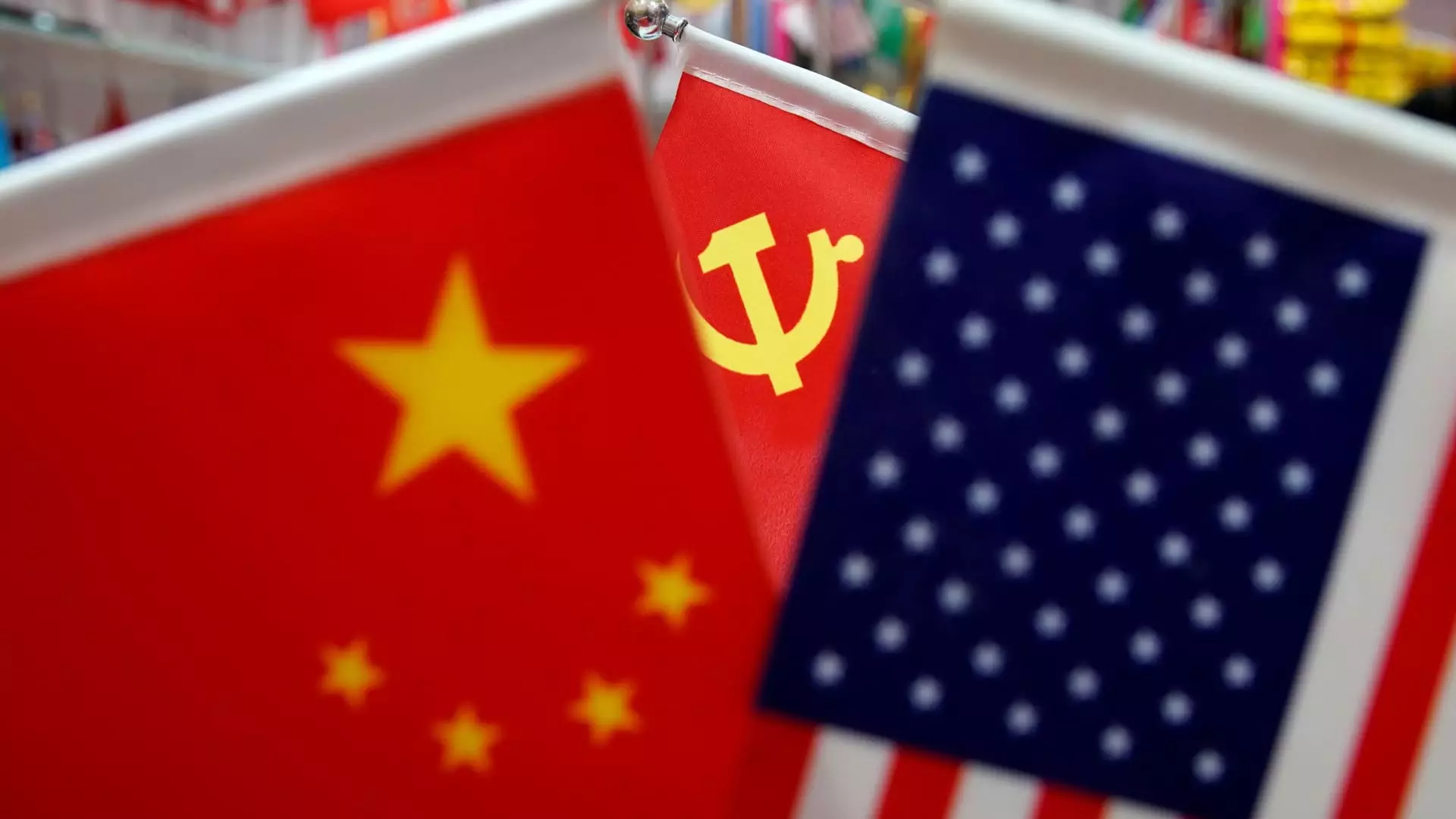In the aftermath of Donald Trump’s election to the presidency, China has publicly communicated its eagerness to foster greater collaboration with the United States. He Yongqian, spokesperson for China’s Ministry of Commerce, emphasized the importance of dialogue based on mutual respect and beneficial coexistence. This call for cooperation comes at a critical juncture as the two nations grapple with escalating trade tensions. The overarching message from Chinese officials frames cooperation not merely as a bilateral necessity, but as an essential component for global stability—highlighting the interconnectedness of modern international relations.
The backdrop of this diplomatic overture is a series of potential trade policy shifts under Trump’s second administration. The prospect of increased tariffs on Chinese goods looms, which could exacerbate existing tensions. Trump’s previous term was characterized by a protective stance towards American industry, and experts suggest his approach may not significantly change in his second term. Yue Su, a noted economist, anticipates that the president may resort to invoking emergency economic powers to expedite tariff implementations, a move that could intensify trade frictions. This sentiment reflects a broader concern regarding the sustainability of U.S-China trade relations.
Conflicting Perspectives on Tariffs
While the Chinese government expresses a commitment to dialogue, voices within the U.S. economic landscape reveal divergent views on the potential ramifications of proposed tariffs. David Chao from Invesco articulates skepticism regarding the long-term viability of Trump’s ambitious tariff plans. He argues that proposed tariffs, particularly those projected to reach as high as 60%, could deter multinational corporations. However, Chao also warns of the broader economic implications of even modest tariffs, such as a 10% levy on exports to the U.S., indicating that such measures could stifle demand and have a cascading effect on Asia’s economic landscape.
As the world watches this evolving relationship, it becomes increasingly clear that strategic engagement is required from both sides. China’s push for constructive dialogue reflects an understanding of the intricate web of global economics, where isolationist policies could serve only to deepen grievances. The U.S. must carefully navigate its trade policies to balance domestic priorities with the realities of a globalized market. This complex interplay underscores the necessity for both nations to establish a framework conducive to not only resolving differences but also capitalizing on mutual advantages.
The current state of U.S.-China relations is fraught with challenges, yet it holds the potential for cooperative progress. Both nations stand to benefit from an approach rooted in dialogue, aimed at de-escalating tensions while promoting economic collaboration. The coming months will be critical in defining this direction, as both sides grapple with the implications of their respective policies. As the global economy hinges on the outcomes of this bilateral interaction, the effectiveness of leaders in embracing cooperation over conflict will be pivotal. In a world more connected than ever, the consequences of their decisions extend far beyond their borders, underscoring the necessity for a concerted effort towards a stable and sustainable international economic environment.

